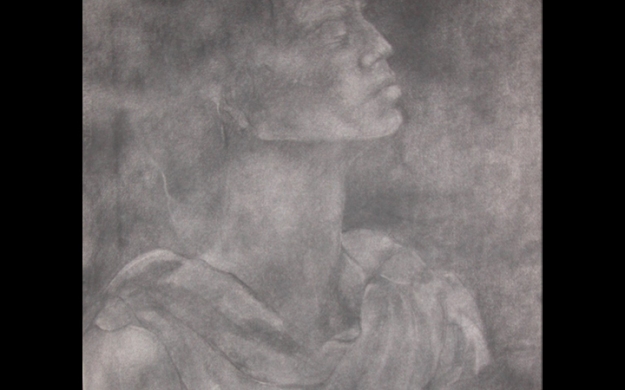Meditation,
While not practice,
Is a habit,
That can be practiced.
Practice builds habits,
But should not itself,
Become a habit.
In other words:
Practice,
To form a habit,
But don’t make,
A habit of it.
February 20, 2013
Michael Erlewine
Above is a little poem I wrote for myself.
I have written here many times how meditation is first about building a habit and only later can it be said that we are “meditating,” like: much later for most of us. Like the scaffolding on a building, meditation “practice” is just that, practicing meditation, and not meditation itself. The practice or habit-building part of meditation has to eventually be let go of or removed, leaving room for the actual meditation itself. It is a little like those molds that form Jell-O our moms had when we were kids. When they are taken away, the form remains.
How do we know when to remove the scaffolding? Luckily for us, meditation is organic enough that the scaffolding just melts away or we walk out of it. When I used to ask my first dharma teacher questions liked this, he would often respond “How do you know when you have to go to the bathroom?” You just know.
Few of us probably love rote practicing of any kind, but most or all of us love meditating once we learn to do it. Why? Because it is a clear and luminous state, one that we would rather stay in than out of. In the beginning it is almost impossible to get into that state, and later equally impossible to fall out of it out, so I am told.
The problem for me has always been to be able to distinguish the form from what is formed, the scaffolding from the meditation. I become attached to the scaffolding.
Since the great Tibetan meditation masters tell us that not only can we each rest in the natural nature of the mind, but we often do so every day and just aren’t aware of it.
Meditation is resting in the mind’s nature and being aware of it at the same time. This suggests that what is lacking in learning meditation is not something from the outside, something we somehow have to add on or “get,” but rather just an awareness of what is already there. It follows then that all meditation practice is designed to… eventually… allow us to wake up or become aware of the nature of the mind itself.
In other words, we are never going to get anywhere other than where we already are, but the goal is to somehow become aware of what we now already have. This is ancient wisdom.
So we practice meditation until we become aware of what meditation is, after which it becomes something we recognize and can work on. Before that, we have no idea of how to become aware of the natural state that we already experience but are not aware of.
How do we learn to be aware of something that we are not already aware of? That is the question. The Buddhist teachers try to point out the nature of the mind, and this is even called the “Pointing Out Instructions.” The nature of the mind is so close to us that we can’t get enough distance or perspective on it to see or be aware of it. That is why the first major step in true meditation is called “Recognition,” recognizing the true nature of our own mind.
And this is not enlightenment or anything close to it. However, it is the means through which we can at last make progress on our own, without a teacher. A teacher is a teacher. Once we are taught to recognize the nature of our own mind, we can see for ourselves how to work it. Sure, after recognition the teacher can then help us further with techniques to more readily work the mind, but essentially their job is done.
So we “practice” meditation until we get recognition of the mind’s nature, after which we no longer ”practice,” but we actually begin to meditate, but without training wheels. Recognizing the minds true nature is the first step on the road to realization, what has been called enlightenment.
If we learn a dance step, there is a point where we no longer are learning it and instead are just dancing. Meditation practice is like that. It is a practice that hopefully eventually gives way to a natural awareness of the nature of the mind. After that, we begin to perfect our meditation. Before that we are just practicing.
The practice should help us form a mental habit that facilitates actual meditation and not become a habit itself. The habit is meditation and not the habit of practice. Make sense?
Image: A Peaceful Strength_ charcoal by Kathleen Mcguiness

